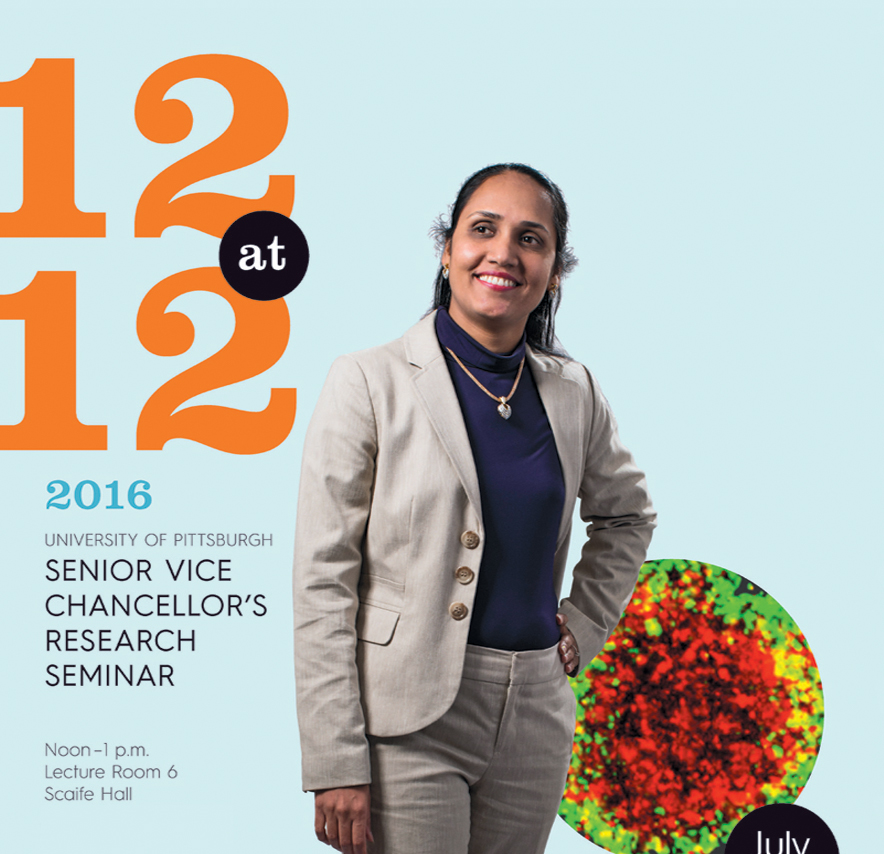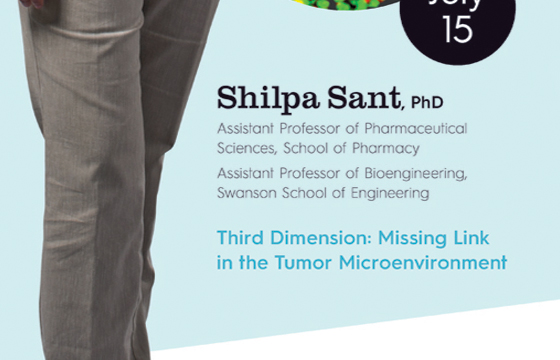Topic Overview:
Gene manipulations, artificial culture conditions like two-dimensional (2D) monolayers, and cell lines switching to represent early versus malignant disease are the mainstays in understanding tumor biology and drug response. However, 2D cultures do not represent physiological microenvironmental context, underlining the importance of 3D microenvironments in disease pathobiology and regenerative biology. In many types of cancer, aggressive phenotypes and metastasis have been linked to the multifaceted mechanisms operational in the tumor microenvironment, which consists of noncellular (hypoxia, metabolic stress), cellular (tumor/stromal cells), and extracellular matrix (ECM)-related (stiffness, cross-linking density) components. Inability to capture the metastatic cells in transit, their phenotypic plasticity, and inherent tumor heterogeneity hamper our understanding of metastatic niche in the secondary sites. Thus, the primary tumor site offers a viable approach to dissect the complex interplay of various factors and prevent tumor progression and metastasis. However, the lack of technologies to recreate such complex yet controlled microenvironments in a reproducible manner remains a challenge in the field.
The Sant laboratory uses multidisciplinary approaches to “reverse engineer” clinically used prognostic factors, specifically tumor size, molecular subtype, ECM density, and microcalcifications, into modular 3D models to mimic tumor progression at the primary site. Sant will describe various microfabrication technologies used in her lab for engineering size-controlled 3D microtumors and biomaterials to recapitulate specific hallmarks of tumor progression, such as hypoxia, angiogenesis, activation of the epithelial mesenchymal transition program, and migratory phenotype, using breast cancer as an example.

















